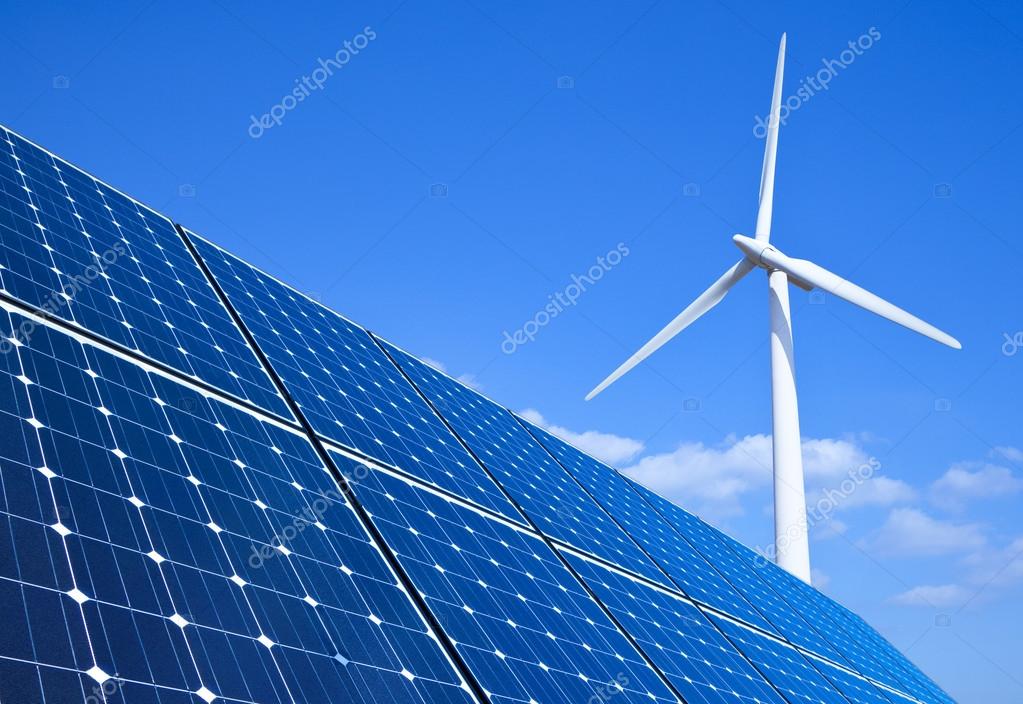Your electric car’s battery pack may be charged in a variety of ways. It might be intimidating to be confronted with conventional and rapid charging methods, as well as multiple connector kinds. But it is a lot simpler than you can anticipate! We’ll give you all the important details you need to know in this brief guide.
Because there are so many variables at play, there isn’t a clear-cut solution to this topic. The length of time your car must be plugged in is determined by the charging method, electric vehicle model, power output, and battery capacity.
Essentially, there are two factors to consider: WHERE you want to charge and HOW FAST you choose to charge. These are all linked, and the charging speed will be determined by the type of EV you possess, its battery capacity, and the charging technology you use.
There are three main categories of electric vehicle charging you need to know.
Top EV Charging Methods you Need to Know
TRICKLE
Charging your EV at home with a conventional (three-prong) 220V outlet is the slowest option. Only in exceptional circumstances and after speaking with electricity suppliers can it be utilized.
AC
Installing a wall box helps you to charge 3-4 times faster when utilizing AC Household Charging. There is also access to AC Public Charging.
DC
A public DC Fast charging station with a power output of 50kW or more is the quickest way to charge your electric vehicle. Using this method, you can charge your battery from 20-80% in around 40 minutes. Currently, some ultra-fast charging stations provide more than 150kW of electricity.
Now that you are aware of the three main charging types, here is a small introduction to where you can use these methods to charge your EV.
Home Charging
Currently, almost 80% of all EV charging takes place at home. Typically, owners charge their batteries overnight while sleeping, waking up to a completely charged battery the next morning, which nearly usually gives more than enough EV range for most people’s everyday travel needs.
There are TWO different types of home charging options: Using Trickle Charge with home current or air conditioning with a wall box installed, you can charge your entire house.
Public Charging Stations
These stations, which are becoming increasingly handy due to the ever-growing network, may frequently be found across urban areas in particular and enable you to recharge your battery on the move if you need to travel longer distances.
The public charging station provides air conditioning. Wall box charging or – in the vast majority of situations – DC Fast Charging
Both methods are also faster than charging at home: Depending on the charging station output and your EV’s capacity to take AC Chargers, AC Public Charging can be 3 to 10 times quicker than AC Household Charging.
Read Also: What Are 5 Alternative Energy Resources? | The Foreseeable Future of Electric Vehicles

